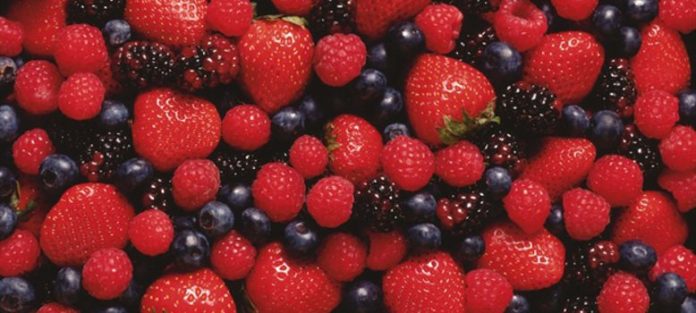Following a wet February and early March, the spell of favourable weather in late March/April allowed growers to make good progress with planting. The marketing season for most of the outdoor vegetable crops is ended, while the salad crops, such as cucumbers, tomatoes and more recently Spring onions are into their seasons.
The COVID-19 crisis has seen an increase in demand for suppliers of fresh produce going to retail, however, those supplying the foodservice sector and farmers markets, have seen a collapse in sales. This was particularly acute in the mushroom sector.
Horticulture producers depend on seasonal foreign workers from the other EU Member States to plant, manage and harvest their crops. Due to travel restrictions in some European countries’ growers have encountered difficulties in getting these workers into the country. Some companies have resorted to charter flights in order to get workers into the country as commercial flights have ceased.
An initiative to recruit large numbers of seasonal workers for the horticultural sector in Ireland has been launched by DEASP in conjunction with DAFM, Teagasc and IFA. It is hoped that this initiative along with the recruitment of students etc. will help to supplement the limited availability of foreign seasonal workers so far this season. Notwithstanding the above, growers are incurring major extra costs due to the COVID 19 restrictions, with retailers slow to acknowledge this in the farm gate price.
Met Éirean rainfall levels for April 2020 Dublin Airport (15/05/20)
The rainfall levels which were recorded in Dublin airport at 12.8mm for the month of April were historic lows. Although the dry conditions aided plantings, irrigation is a key concern as we are now well into May with no major precipitation forecast.
Protected Crops and Salads
The growing season is good so far this year with excellent quality reported. For indoor crops excellent light levels are reported, however, temperatures have remained quite low, especially along the east coast. Outdoor crops are struggling to germinate in some areas due to low temperatures and occasional night frosts.
Labour shortage and sourcing seasonal labour are ongoing issues for growers in this sector which is further compounded by social distancing issues etc. in relation to the COVID-19 pandemic.
The reduction in the critical mass of growers in the salad sector remains a serious issue with one of the main cucumber producers ceasing business this year.
Brassicas
Plantings are on track this year as favourable weather in late March/April has allowed growers to get on top of work. Retail trade for all brassicas is very strong due to the restrictions in place which has resulted in more home cooking. Growing conditions up to now have been very good, soil moisture deficits have been moderate and sunshine levels were good. However, as the dry conditions continue, moisture deficits are a major concern for growers, especially along the east coast. Some growers have reported that they have already begun irrigation.
Maincrop broccoli is due to begin harvesting around mid-June. Reports indicate that there may be a two-week shortage before this as there is a gap between Spanish and Irish production.
As with the other sectors, labour is a key concern for brassica growers.
Root Crops
Plantings are on track for root crops this year aided by dry conditions in March/April. Retail demand is also strong due to current COVID 19 restrictions. Growing conditions have been good to date, with adequate moisture levels and good sunshine levels. Like other horticultural commodities, moisture levels and on-farm labour will be key concerns moving into the summer months.
Strawberries
The season is largely on track so far this year, with crops developing well. Volumes into the market have increased in the past week. Centenary is the main variety produced by growers again this season. Staffing is the primary concern for all growers giving the current situation. Most growers will require the majority of their seasonal staff from now onwards. With roadside sales allowed from the 18th of May, this should be positive for the sector, however, it remains to be seen what sales will be like with reduced traffic volumes on the roads.
Apples
The 2019 season is coming to a close and reports from growers indicate that overall yields for eating apples were moderate and light for cooking apples. The prospects for the 2020 season were looking good, however, recent night frost may have caused serious damage. Dry conditions so far this year have also kept disease pressure at a minimum. Retail sales of apples overall have been very strong since the lockdown period commenced.
According to a report by Fresh Plaza Commercial, apple production in 2019/20 is forecast to decrease by 19 per cent compared to the record harvest in the previous year and 3 per cent compared to the average of the previous ten years. The decrease is due to a combination of late spring frosts (the Czech Republic, northern- and north-eastern Germany, Poland, Hungary), poor pollination (Hungary, Romania), drought/heat (Austria, Poland, UK), and hail damage (Hungary, Greece). France, Spain, Portugal, the Netherlands, and Bulgaria reports higher production than in 2018/19 but the combined increase is not large enough to compensate for the reduction elsewhere.








